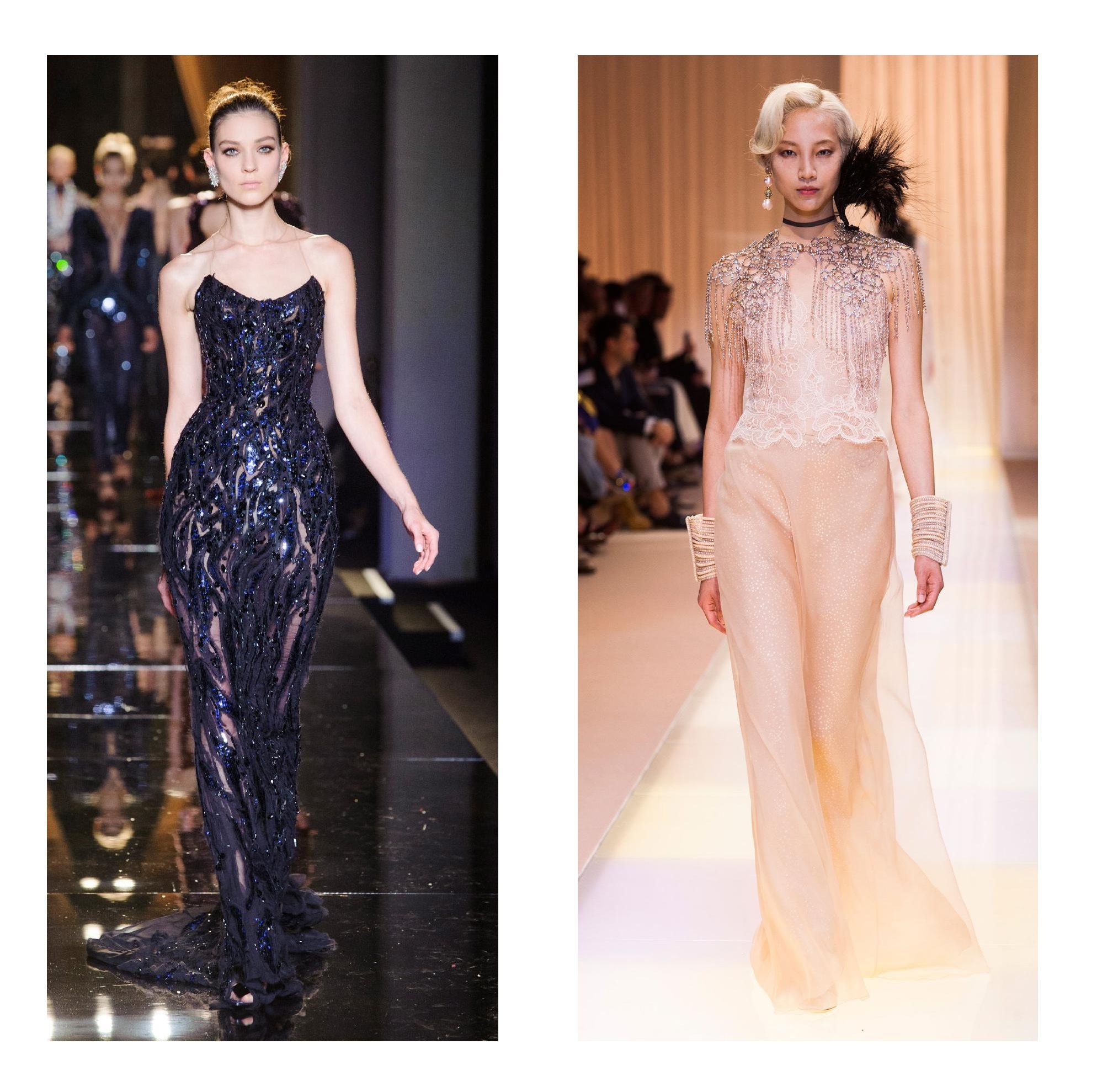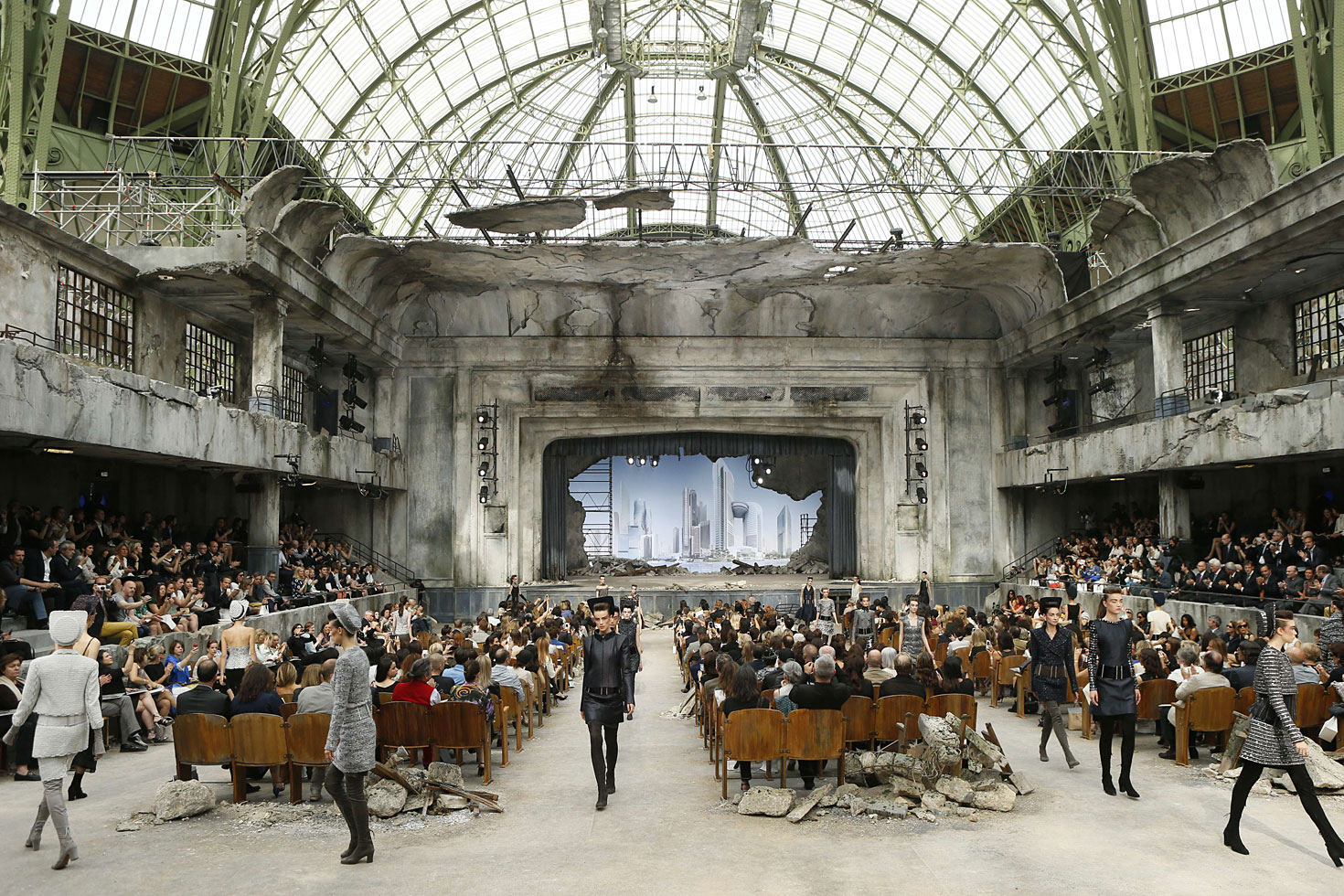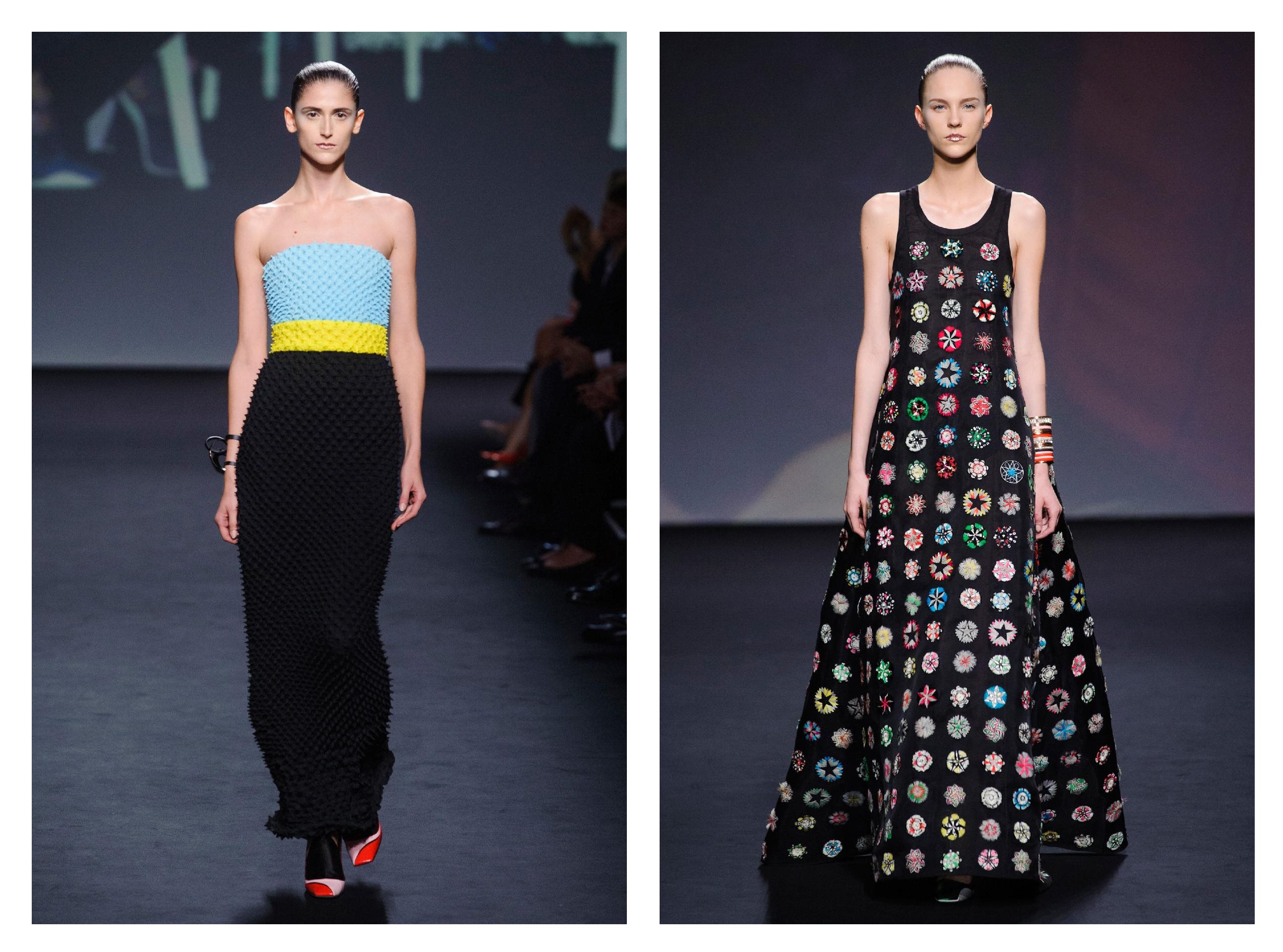what happened at couture week and why you should care
Parisian Couture Week arrives to us wrapped up in a whole lot of ethical issues; the age and weight of models on the runways frequently generates media discussion and the astronomical costs of the Couture pieces themselves are impossible for some to justify, causing them to just tune out. But to brush aside Couture Week because of these issues would be to lose out on something rather special. If we peel away media headlines and look at what Couture Week truly creates, we can see remarkable examples of artisanal crafts, innovative new concepts and, above all, we see the manifestation of human imagination. Couture Week is a visual feast that, underneath it all, also offers us some food for thought: there’s something here really worth talking about and celebrating.
The Autumn Winter 2013-14 Haute Couture collections took over the French capital from the 30th June to the 4th of July. Though the commercial future of Haute Couture has come under scrutiny in recent years, these showings didn’t fail to draw in the ultra-famous, the impossibly stylish and the uber-wealthy individuals who have become as much a part of the affair as the garments themselves. Despite appearing alive and well, Couture has undoubtedly been changing: in the struggle to remain commercially viable the elite fashion houses have had to shift their focus from European buyers – the traditional patrons of Haute Couture – to the emerging Asian market. This certainly hasn’t changed the overall aesthetic of the fashion houses, but it remains interesting to see some of the finer details shifting towards this emergent Asian customer base.
The major houses presented strong collections, Armani Privé’s show drew on the allure of film noir heroines, draping their models in pearlescent nude tones. Atelier Versace, who only returned to the Couture runways last year, opened their show with supermodel Naomi Campbell making determined strides down the runway, establishing the perfect tone for the sensuous presentation that ensued. Models were poured into their ornately detailed gowns, urged onwards by the dark, seductive electronic soundtrack that accompanied them. Put simply, the show was damn hot.
Chanel, known for their elaborate sets, created an abandoned theatre (Mugatu’s derelicté anyone?) where a large photograph of a futuristic city hung as the stage backdrop. This contrast between the new world and the old was Karl Lagerfeld’s main inspiration for the show, which was filled with lush textures, origami style fabric sculpting and the immaculate craftsmanship of the fashion house’s work. Yet the muted colour palette of grey, white and black robbed the collection of the joy that should come from fashion; creating a collection that was beautiful but unprovocative when compared to last season’s captivating enchanted wonderland.
Worth particular note were Raf Simmons’ creations for Christian Dior which broke away from the pomp and theatrics of Haute Couture in favour of garments that could find a place in the real (albeit very wealthy) world. Simmons wanted “to bring a sense of reality back to Haute Couture” yet remained as fresh as ever. Dresses textured like sea urchins and dragon fruit stood out, encircled by projections of photographs by artists including Patrick Demarchelier and the controversial Terry Richardson. Simmons is well aware that the customer base of Couture is expanding, and as a result of this the collection synthesised details from many cultures to create global appeal. Folds reminiscent of Kimonos, prints that drew from the Maasai people and American sports coats featured across the collection. The presentation brought me to recall, oddly enough, a bowl of tropical fruit. The different form, texture and colour of each piece fell together to create a crisp, delicious image on a grander scale.
Iris van Herpen, relative new comer to the Couture world, has been a personal favourite of mine for the last few years. Her alienesque work incorporates elements of mathematics, biology and science into garments sculpted from materials like UV-curable Polymer, silicone lace and other fabrics of Van Herpen’s original creation. Her most recent Couture collection continued in this spirit of innovation, where models paced down the runway in 3D printed shoes and dresses moulded from plastics. Anatomical references permeated the presentation, highlighting the organic symmetry of the internal human form. Van Herpen also inspired by the form of the Japanese Kimono, the silhouette of which could be seen in particular pieces across the collection. Some of the exoskeletal garments were produced by a Mammoth Stereolithography machine: a 3D printer that uses laser beams to solidify photopolymer resin, shaping the intricate sculptures that rested on the model’s bodies. Van Herpen used one such dress as a base on which to mould silicone, creating architectural and flesh-like armour. These hugely technical and multi-disciplinary endeavours mark the Dutch designer as a genuine pioneer, and one of the very few designers who looks not to the past for inspiration, but to the future. Put simply, Van Herpen is an exceptionally intelligent, inspired woman who is integrating science and fashion in the most dynamic way we’ve seen in decades.
Although very few of us will ever enter the elite world of Haute Couture patrons, that doesn’t mean we should ignore the spectacle itself. Sure, I can’t buy the Les Demoiselles D’avignon (dammit, MONA) but I still adore it as a piece of art. The same goes for Haute Couture: the cost of the garments doesn’t make them any less beautiful. Haute Couture Week is as much an artistic endeavour as the theatre is, for the elaborate sets and hypnotic soundtrack set the scene for the main event: the designer’s creations. Whether they’re made with silk, lace or photopolymer these garments are works of art for which the lace makers, designers, milliners, scientists and seamstress are the artists. Couture Week is simply a gallery.





